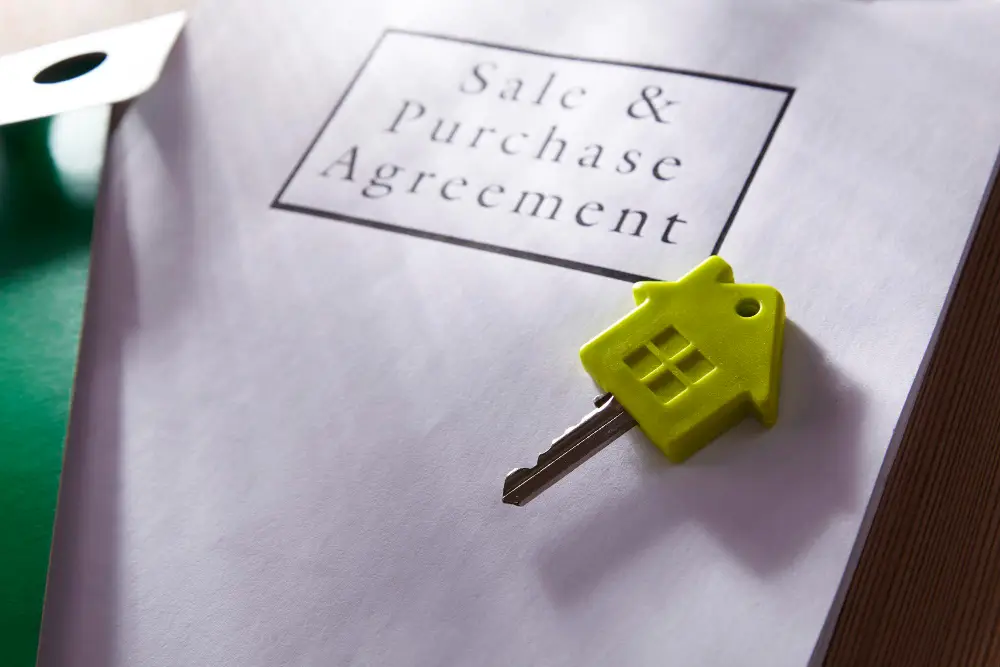Low deposit home loans help buyers find a property with smaller upfront costs. These loans reduce the amount required for a deposit, thus making home ownership more accessible. Lenders may provide additional requirements, such as mortgage insurance.
Read the article below for more details on low deposit home loans.
What are low deposit home loans?
Low deposit home loans allow buyers to purchase a home with a down payment starting from 5%. Lenders offer these loans based on income, credit history, and savings.
Borrowers may need to pay Lenders Mortgage Insurance (LMI) to reduce the lender’s risk. For this reason, some government schemes help eligible buyers to reduce costs. These loans benefit first-time buyers and those with limited savings.
How do low deposit loans work?

First, the lender assesses the applicant based on income, credit score, and financial history. A minimum deposit of 5% is required, but some lenders ask for more. If the deposit is below 20%, LMI is usually required. Some government schemes reduce or remove LMI for eligible borrowers.
Loan repayments include principal and interest, similar to a standard home loan. Interest rates may be higher due to the increased risk. Applicants should compare lenders to find suitable terms. Proper budgeting ensures instalment payments are kept under control.
How much do I need to save for a low deposit home loan?
Low down payment home loans usually require at least 5% of the property value. For a $500,000 home, you will need to save at least $25,000. In addition, borrowers will also have to cover additional costs such as stamp duty, legal fees and mortgage insurance. Some lenders accept rewarded deposits or savings from government schemes. Lenders may require proof of consistent savings over several months.
Government help for low deposit home loans

The Australian government offers several initiatives to help home buyers with low down payments. This makes home ownership more accessible.
First Home Guarantee (FHBG)
The First Home Guarantee (FHBG) allows first home buyers to purchase a home with a down payment as low as 5%. However, with a caveat, home borrowers must meet the proposed conditions.
Under this scheme, the government acts as the guarantor, covering up to 15% of the property value, thus not requiring an LMI. Eligibility criteria and property price caps apply but vary by state and territory. The scheme significantly reduces upfront costs for first-time home buyers.
First Home Owner Grant
The First Home Owner Grant (FHOG) is a one-time payment to eligible first home buyers buying or building a new home. The amount of the grant varies by state or territory. Applicants must meet certain criteria, including purchasing a new residence and meeting the residency requirements to be eligible. This grant can be used for a deposit or other associated costs.
How do I qualify?
Most lenders have quite strict lending criteria for borrowers with small deposits. However, if you meet the following requirements, you will have a good chance of getting approved even with a deposit as low as 3% (depending on the lender).
- Good income: Lenders will carefully assess your income because this forms the basis of their evaluation of your ability to pay the mortgage instalments, also known as *ability to pay*.
- Purpose of loan: If the home loan is for purposes other than buying, refinancing, or building a self-occupied or investment property (for example, debt consolidation), approval may depend on the strength of your application.
- Property type and location: Be aware of restrictions on specific property types and locations for low-down payment home loans, such as mining towns, multi-storey units, and display homes.
- Clean credit history: Your credit file should not have negative records, such as late payments on personal loans, credit cards or rent. However, some lenders may be more flexible if you have at least a 10% deposit.
- Genuine savings: Most banks require at least 5% of the purchase price in the form of savings accumulated over a minimum of three months. However, not all lenders enforce this rule if you meet specific criteria.
- Reasonable asset position: Your age and income should reflect a relatively strong asset position, such as having a car, jewellery, or savings.
- Stable employment: Lenders usually prefer applicants who have a full-time job (although there are exceptions) and at least five months in their current position or two years in the same industry.
- Low debt levels: While a good credit history is important, don’t forget to ensure unsecured debts (e.g. personal loans or credit cards) don’t exceed 5% of the property purchase price. A perfect payment history may also work in your favour, depending on the lender and the size of your deposit.
Frequently Asked Questions
What is LVR in a mortgage?
The Loan-to-Value Ratio (LVR) is the percentage of the property value the loan represents. This ratio is calculated by dividing the loan amount by the property value. A higher LVR indicates a higher risk for the lender, meaning the borrower has a smaller equity stake in the property. For example, if you borrow $450,000 against a property worth $500,000, your LVR would be 90%. Lenders use the LVR to determine the loan risk and whether an LMI is required.
Are there no-deposit home loans?
Unsecured home loans are rare but may be available with a guarantor. The guarantor provides security for the loan, thereby reducing the lender’s risk. Some lenders may offer unsecured options to high-income borrowers with excellent credit.
Are low-deposit home loans worth it?
A low-down payment home loan can be a valuable option for entering the property market faster. However, this has its pros and cons. Advantages include faster entry into the market and buying a home with limited savings. Disadvantages include higher interest rates, mortgage fees, and less potential equity. It is important to consider your financial situation and long-term goals carefully before opting for a low-down payment home loan.
Conclusion
Low deposit home loans allow buyers to purchase a home with smaller upfront costs, making homeownership more accessible. These loans usually require at least a 5% deposit, and some government schemes can help reduce the cost. However, borrowers may need to pay LMI if their down payment is below 20%.
Professional Home Loans provide home loans for professionals. If you are a doctor, lawyer, or other qualified professional, you can access specialised loan options with lower LMI costs.
Contact us for expert advice on home loans.
